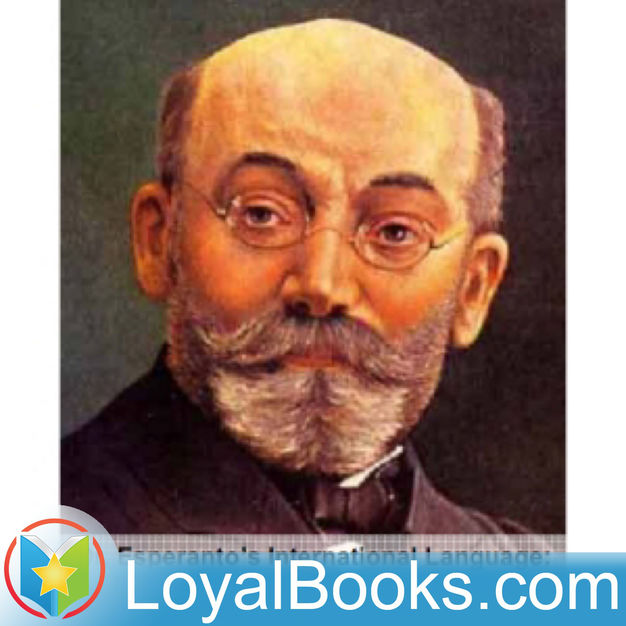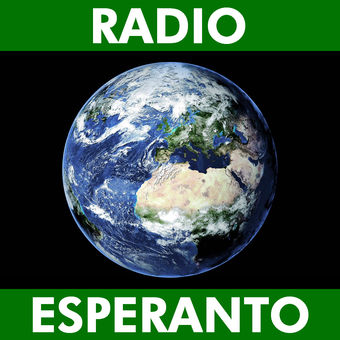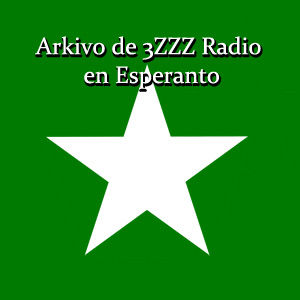
Dr. Esperanto's International Language, Introduction and Complete Grammar by Ludwik L. Zamenhof
Loyal Books
In July 1887, Esperanto made its debut as a 40-page pamphlet from Warsaw, published in Russian, Polish, French and German: all written by a Polish eye-doctor under the pen-name of Dr. Esperanto (“one who hopes”). Ludovic Lazarus Zamenhof (1859-1917) had a gift for languages, and a calling to help foster world amity: by a neutral “Internacia Lingvo” that anyone anywhere could readily use as a second language: neither forsaking a mother tongue, nor imposing it. In 1889 Zamenhof published an English translation by Richard H. Geoghegan, a young Irish linguist. All five are respectively considered the “First Book”. This classic sets forth Esperanto pretty much as we know it today (except that we no longer use internal apostrophes for composite words). Its original repertoire of 900 root words has grown tenfold in the past century, but you can still almost make do with the vocabulary herein. —
- 10 minutes 52 secondsSection 00More great books at LoyalBooks.com2 January 2025, 12:00 am
- 5 minutes 2 secondsSection 01More great books at LoyalBooks.com1 January 2025, 12:00 am
- 14 minutes 8 secondsSection 02More great books at LoyalBooks.com31 December 2024, 12:00 am
- 8 minutes 31 secondsSection 03More great books at LoyalBooks.com30 December 2024, 12:00 am
- 12 minutes 27 secondsSection 04More great books at LoyalBooks.com29 December 2024, 12:00 am
- 4 minutes 9 secondsSection 05More great books at LoyalBooks.com28 December 2024, 12:00 am
- 9 minutesSection 06More great books at LoyalBooks.com27 December 2024, 12:00 am
- 4 minutes 15 secondsSection 07More great books at LoyalBooks.com26 December 2024, 12:00 am
- 22 minutes 17 secondsSection 08More great books at LoyalBooks.com25 December 2024, 12:00 am
- 9 minutes 22 secondsSection 09More great books at LoyalBooks.com24 December 2024, 12:00 am
- 23 minutes 37 secondsSection 10More great books at LoyalBooks.com23 December 2024, 12:00 am
- More Episodes? Get the App
 Movada vidpunkto
Movada vidpunkto
 Radio Esperanto
Radio Esperanto
 Esperanto Self-Taught with Phonetic Pronunciation, Volume 1 by MANN, William W.
Esperanto Self-Taught with Phonetic Pronunciation, Volume 1 by MANN, William W.
 Arkivo de 3ZZZ Radio en Esperanto
Arkivo de 3ZZZ Radio en Esperanto
 Esperanto Self-Taught with Phonetic Pronunciation, Volume 2 by MANN, William W.
Esperanto Self-Taught with Phonetic Pronunciation, Volume 2 by MANN, William W.
 Esperanto Self-Taught with Phonetic Pronunciation, Volume 3 by MANN, William W.
Esperanto Self-Taught with Phonetic Pronunciation, Volume 3 by MANN, William W.
Your feedback is valuable to us. Should you encounter any bugs, glitches, lack of functionality or other problems, please email us on [email protected] or join Moon.FM Telegram Group where you can talk directly to the dev team who are happy to answer any queries.